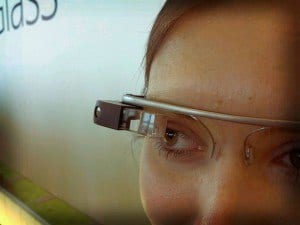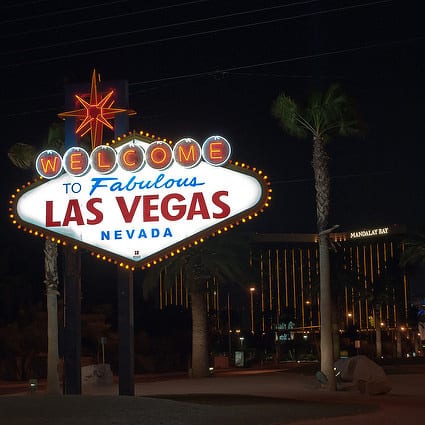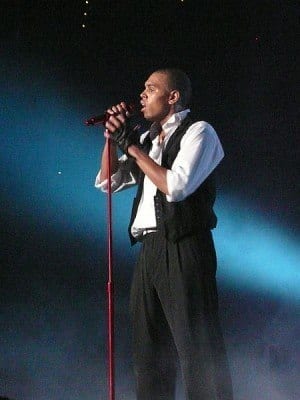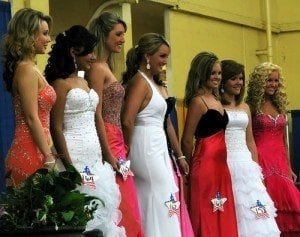
Adam Harvey’s counter-surveillance fashion could be in your future wardrobe
“Stealth Wear” could become the newest, must-have fashion item as drones, advances in facial recognition technology, and the introduction of devices like Google Glass proliferate or attain frightening ubiquity. The recent leaks concerning clandestine government surveillance attributed to Edward Snowden, are only adding to the controversy that could make counter-surveillance fashion a crucial component of your future wardrobe.
Enter Adam Harvey, an artist and design professor at the School of Visual Arts and an early creator of stealth wear, acknowledges that that counter-surveillance clothing sounds like something from a science fiction novel, however, “The science-fiction part has become a reality,” according to Harvey, “and there’s a growing need for products that offer privacy.”
Here are the details on Harvey’s counter-surveillance clothing: his garments include a series of hoodies and cloaks that use reflective, metallic fabric that has been repurposed to reduce a person’s thermal footprint. In theory, this limit’s a person’s visibility to aerial surveillance vehicles that utilize heat-imaging cameras to track people on the ground.
Harvey has also developed a purse with extra-bright LEDs that can be activated when someone is the subject of unwanted photography—the effect produces a washed-out blur to ruin intrusive photographs. Finally, Harvey has also created instructions for hair and makeup styling that might keep a camera from identifying someone beneath an elaborate disguise. This technique is known as CV Dazzle, from “computer vision” and dazzle,” a type of camouflage used during World War II to disrupt detection on the size and shape of warships.
Harvey has likened his work and related work of others, to the inclusion of rivets in denim jeans. “That was a practical way of making them more durable,” Harvey said. And just as denim was developed as a durable fabric for miners to wear, Harvey says that stealth wear, “is an updated way of thinking about making your clothes more resistant to your environment and adapting them to protect you a little bit more.”
Harvey’s creations have not yet been thoroughly tested by intelligence firms or security experts, and most are still concepts unprepared for mass production. However, he says he hopes that awareness of his designs might “empower you to control your identity a little more.”
In addition to Harvey, the National Institute of Informatics in Japan has developed a visor outfitted with LEDs, whose light remains invisible to the wearer but blinds camera sensors and blurs the details of the wearer’s nose and eyes better than a pair of sunglasses. Also, Todd Blatt, a mechanical engineer in New York, is working on a lens cap accessory for people who don’t want to be recorded while interacting with someone who is wearing Google Glass.
However, currently there isn’t much of a market or demand for these products, and dreams of protecting people this way are outpacing current physical realities. Additionally, the fact that people are walking around wearing these interesting garments involves more discussion for the societal impact on communities and cities. In the end, it’s all really interesting stuff that can hopefully be utilized if we can’t turn back the tide of intrusive personal privacy violations.















